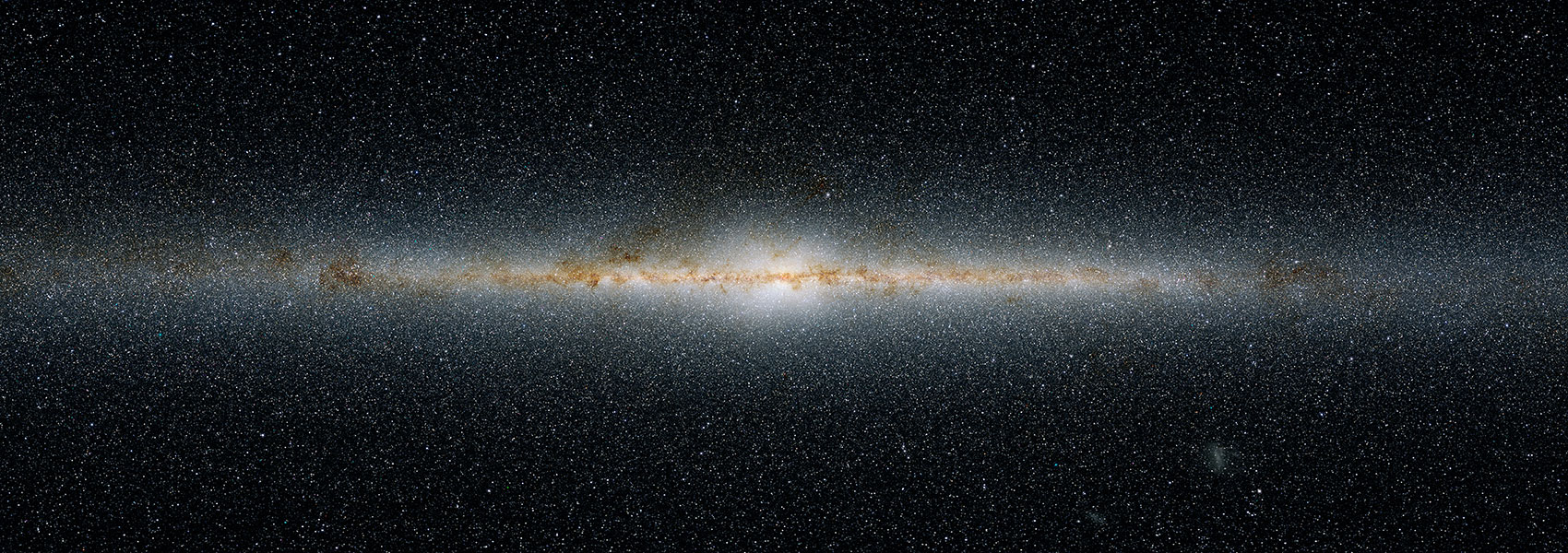November
2010
•
2010ApJ...724L..78M
Authors
•
Mauerhan, Jon C.
•
Wachter, Stefanie
•
Morris, Patrick W.
•
Van Dyk, Schuyler D.
•
Hoard, D. W.
Abstract
•
We have spectroscopically discovered a pair of twin, nitrogen-type, hydrogen-rich, Wolf-Rayet stars (WN8-9h) that are both surrounded by circular, mid-infrared-bright nebulae detected with the Spitzer Space Telescope and MIPS instrument. The emission is probably dominated by a thermal continuum from cool dust, but also may contain contributions from atomic line emission. There is no counterpart at shorter Spitzer/IRAC wavelengths, indicating a lack of emission from warm dust. The two nebulae are probably wind-swept stellar ejecta released by the central stars during a prior evolutionary phase. The nebulae partially overlap on the sky and we speculate on the possibility that they are in the early stage of a collision. Two other evolved massive stars have also been identified within the area subtended by the nebulae, including a carbon-type Wolf-Rayet star (WC8) and an O7-8 III-I star, the latter of which appears to be embedded in one of the larger WN8-9h nebulae. The derived distances to these stars imply that they are coeval members of an association lying 4.9 ± 1.2 kpc from Earth, near the intersection of the Galaxy's Long Bar and the Scutum-Centaurus spiral arm. This new association represents an unprecedented display of complex interactions between multiple stellar winds, outflows, and the radiation fields of evolved massive stars.
Links



